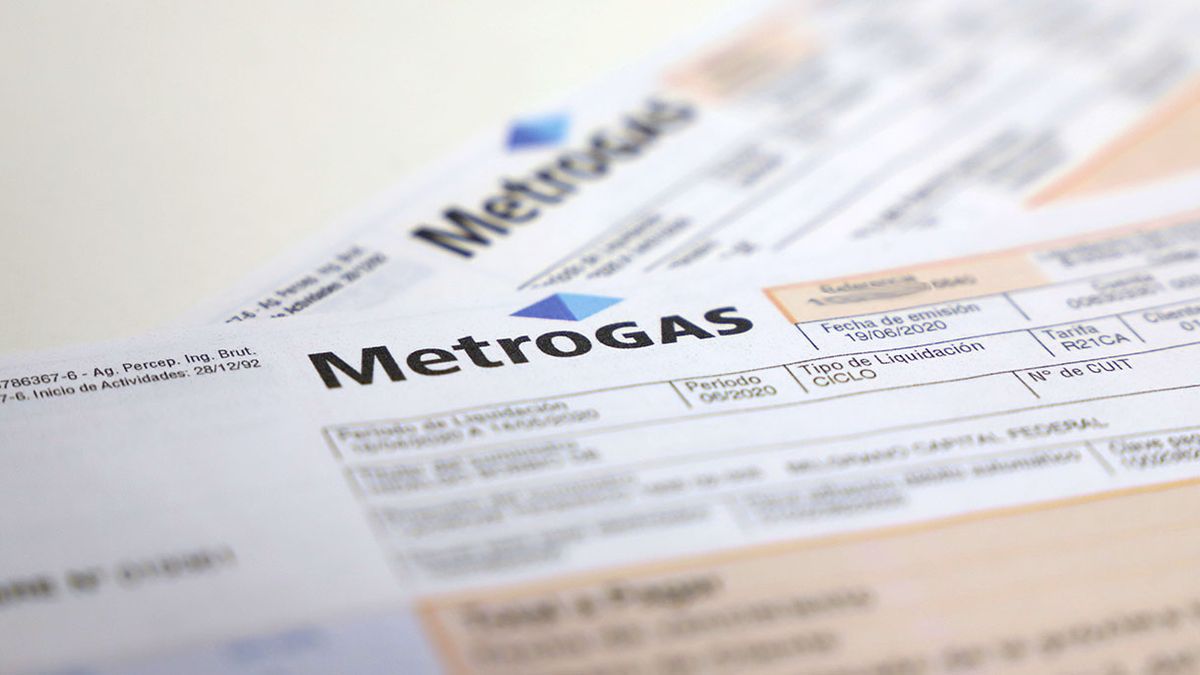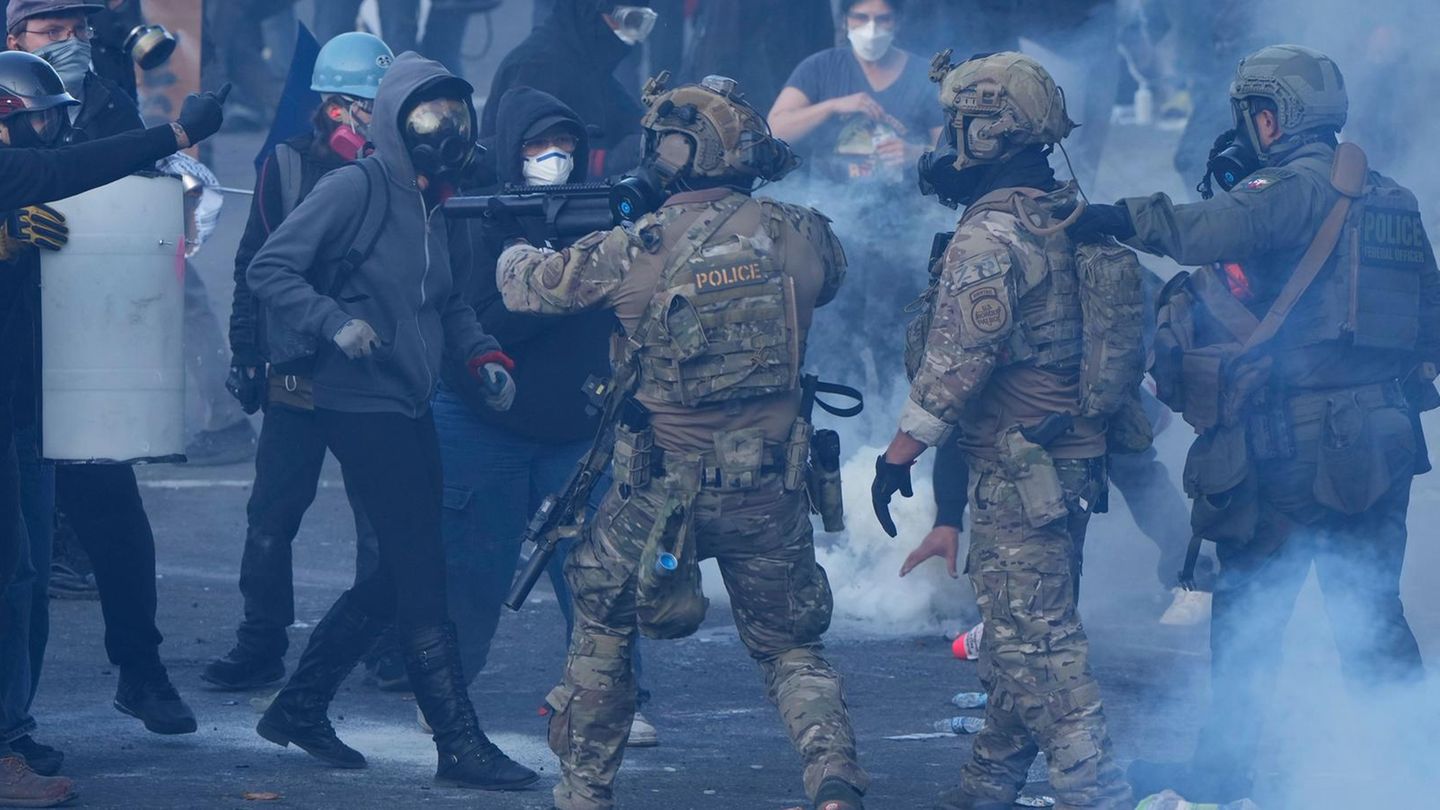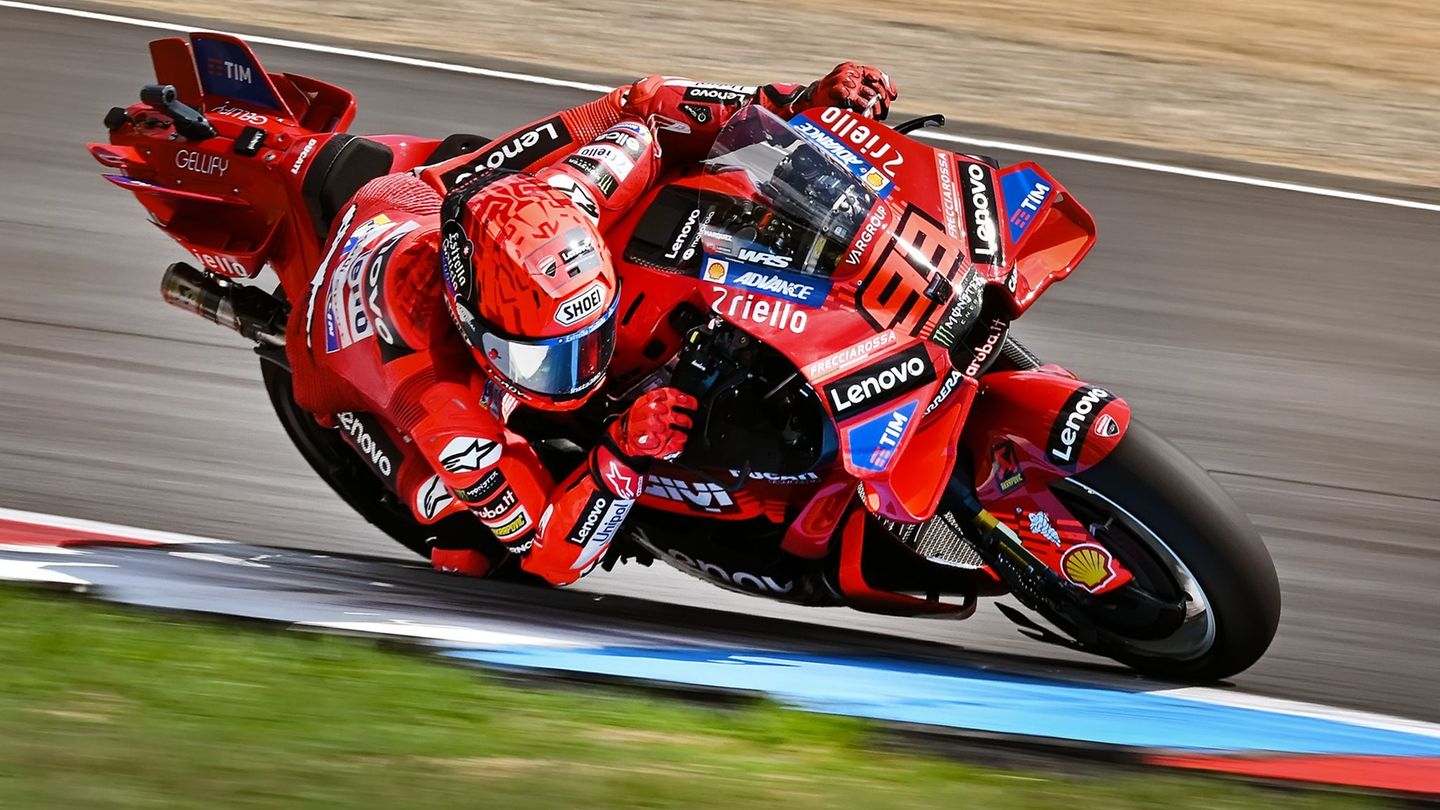In the case of gasthe Registry made it possible to identify users who have requested to maintain subsidies according to their family income and particular situations:
Level 1: higher income and people who did not request their registration.
Level 2: lowest recorded income. Provisionally, beneficiaries of the social rate will be included.
Level 3: average income.
In Level 1 there were 269,725 users; in 2, 2,880,090; and in 3, 2,599,550.
They clarified that “the amount of gas demanded by households is not related to income level and is directly linked to climatic conditions, number of participants in the household, construction characteristics of the home and the efficiency of domestic equipment.”
“The consumption of gas through networks in homes located in the coldest regions of the country doubles that of temperate regions,” they explained.
But in more extreme cases, such as between the province of Santa Cruz and the City of Buenos Aires, the difference is 11 to 1.
This differential is mainly explained by the use of heating required to air-condition the home environments and is decisive for preserving health and guaranteeing the survival of its members.
To the Level 1 A total reduction of the subsidy will be applied for all consumption, with an increase of 167%. to those of Level 2 the current rate is maintained.
In the Level 3, a volume equivalent to 70% of the average of the minimum and maximum thresholds of each category and subzone is subsidized. The surplus will increase 167%.
The raises for Levels 1 Y 3 They will be applied gradually in 3 two-month periods (from the consumption of August, October and December 31).
In March 2022, an increase of 20.1% was applied to the average bill for residential users due to variations in the remuneration for the gas transportation and distribution service.
In June 2022, an increase in the price of gas was authorized for users who were not beneficiaries of the Social Rate, which meant an impact on the average bill of 18.5%.
The increases due to the removal of subsidies will be applied gradually every two months starting in September (November and January afterwards), implying an average rise of close to $500 per month per step, and $1,500 accumulated in the 3 bimonthly periods.
Source: Ambito
David William is a talented author who has made a name for himself in the world of writing. He is a professional author who writes on a wide range of topics, from general interest to opinion news. David is currently working as a writer at 24 hours worlds where he brings his unique perspective and in-depth research to his articles, making them both informative and engaging.




